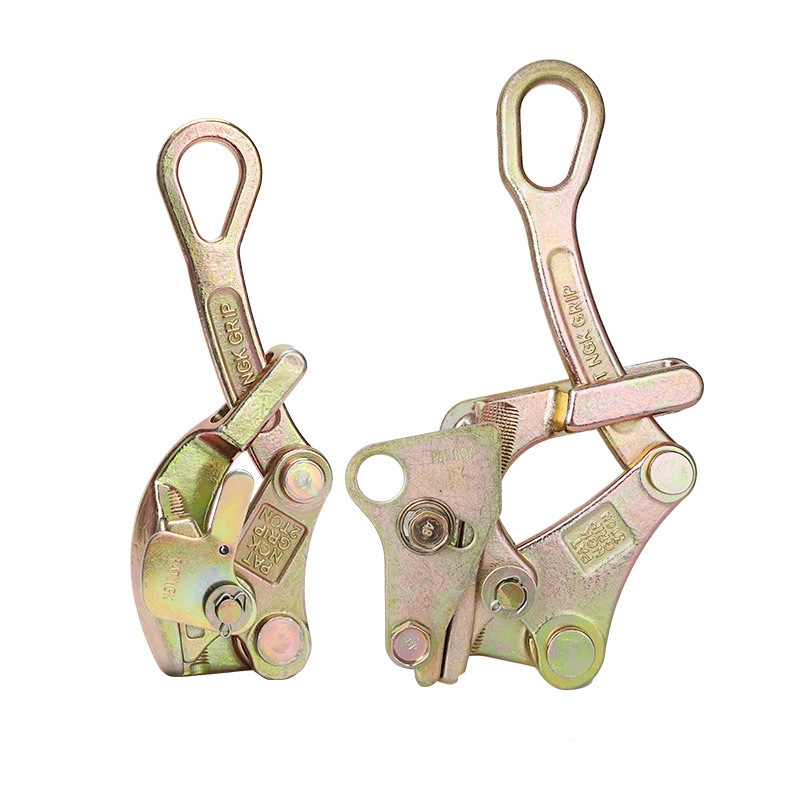
-
 Afrikaans
Afrikaans -
 Albanian
Albanian -
 Amharic
Amharic -
 Arabic
Arabic -
 Armenian
Armenian -
 Azerbaijani
Azerbaijani -
 Basque
Basque -
 Belarusian
Belarusian -
 Bengali
Bengali -
 Bosnian
Bosnian -
 Bulgarian
Bulgarian -
 Catalan
Catalan -
 Cebuano
Cebuano -
 Corsican
Corsican -
 Croatian
Croatian -
 Czech
Czech -
 Danish
Danish -
 Dutch
Dutch -
 English
English -
 Esperanto
Esperanto -
 Estonian
Estonian -
 Finnish
Finnish -
 French
French -
 Frisian
Frisian -
 Galician
Galician -
 Georgian
Georgian -
 German
German -
 Greek
Greek -
 Gujarati
Gujarati -
 Haitian Creole
Haitian Creole -
 hausa
hausa -
 hawaiian
hawaiian -
 Hebrew
Hebrew -
 Hindi
Hindi -
 Miao
Miao -
 Hungarian
Hungarian -
 Icelandic
Icelandic -
 igbo
igbo -
 Indonesian
Indonesian -
 irish
irish -
 Italian
Italian -
 Japanese
Japanese -
 Javanese
Javanese -
 Kannada
Kannada -
 kazakh
kazakh -
 Khmer
Khmer -
 Rwandese
Rwandese -
 Korean
Korean -
 Kurdish
Kurdish -
 Kyrgyz
Kyrgyz -
 Lao
Lao -
 Latin
Latin -
 Latvian
Latvian -
 Lithuanian
Lithuanian -
 Luxembourgish
Luxembourgish -
 Macedonian
Macedonian -
 Malgashi
Malgashi -
 Malay
Malay -
 Malayalam
Malayalam -
 Maltese
Maltese -
 Maori
Maori -
 Marathi
Marathi -
 Mongolian
Mongolian -
 Myanmar
Myanmar -
 Nepali
Nepali -
 Norwegian
Norwegian -
 Norwegian
Norwegian -
 Occitan
Occitan -
 Pashto
Pashto -
 Persian
Persian -
 Polish
Polish -
 Portuguese
Portuguese -
 Punjabi
Punjabi -
 Romanian
Romanian -
 Russian
Russian -
 Samoan
Samoan -
 Scottish Gaelic
Scottish Gaelic -
 Serbian
Serbian -
 Sesotho
Sesotho -
 Shona
Shona -
 Sindhi
Sindhi -
 Sinhala
Sinhala -
 Slovak
Slovak -
 Slovenian
Slovenian -
 Somali
Somali -
 Spanish
Spanish -
 Sundanese
Sundanese -
 Swahili
Swahili -
 Swedish
Swedish -
 Tagalog
Tagalog -
 Tajik
Tajik -
 Tamil
Tamil -
 Tatar
Tatar -
 Telugu
Telugu -
 Thai
Thai -
 Turkish
Turkish -
 Turkmen
Turkmen -
 Ukrainian
Ukrainian -
 Urdu
Urdu -
 Uighur
Uighur -
 Uzbek
Uzbek -
 Vietnamese
Vietnamese -
 Welsh
Welsh -
 Bantu
Bantu -
 Yiddish
Yiddish -
 Yoruba
Yoruba -
 Zulu
Zulu


Dec . 18, 2024 19:16 Back to list
35mm earth cable
Understanding 35mm² Earth Cables Importance and Applications
When it comes to electrical installations, one of the most critical components is the earthing system. Among various sizes and types of earth cables, the 35mm² earth cable plays a pivotal role in ensuring safety and functionality in both domestic and industrial settings. This article explores the significance, applications, and advantages of 35mm² earth cables.
What is a 35mm² Earth Cable?
The term 35mm² refers to the cross-sectional area of the cable's conductor, which is 35 square millimeters. This specification indicates the thickness and, consequently, the current-carrying capacity of the cable. Earth cables, also known as ground wires, are designed to protect electrical systems from overloads, short circuits, and lightning strikes. They provide a safe path for fault currents to flow to the ground, thereby preventing electrical shock and equipment damage.
Importance of Earthing
Earthing is a critical safety measure in electrical installations. It serves multiple purposes, including
1. Protection Against Electric Shock By providing a path for stray currents to discharge safely into the ground, earth cables help minimize the risk of electric shock to humans and animals.
2. Equipment Protection In the event of a fault, such as a short circuit, the earthing system allows excess electrical energy to dissipate into the ground, preventing damage to appliances and machinery.
3. Stability of Voltage Levels A good earthing system stabilizes voltage levels during normal operation and under fault conditions, ensuring that sensitive electronic equipment functions correctly.
4. Electromagnetic Interference Mitigation Proper earthing can help reduce electromagnetic interference, enhancing the performance of electronic devices.
Applications of 35mm² Earth Cables
The versatility of 35mm² earth cables makes them suitable for a wide range of applications
35mm earth cable

- Industrial Settings In industrial environments, machinery and equipment often require robust earthing solutions. The 35mm² earth cable can handle higher fault currents, making it ideal for heavy-duty operations.
- Commercial Buildings Large commercial establishments, such as shopping malls and office complexes, rely on these cables to ensure the safety and reliability of their electrical systems.
- Residential Installations While typically used in larger applications, 35mm² earth cables can also be utilized in residential settings that demand enhanced safety measures, especially in areas prone to electrical storms.
- Renewable Energy Systems With the growing adoption of solar and wind energy systems, proper earthing has become imperative. A 35mm² earth cable can effectively manage fault currents in these setups, protecting both the installation and users.
Advantages of Using 35mm² Earth Cables
1. High Current Capacity The 35mm² cross-section allows the cable to handle significant fault currents, reducing the risk of overheating and damage.
2. Durability Typically constructed from high-quality materials, these cables are resistant to harsh environmental conditions, ensuring long life and reliability.
3. Compliance with Standards Most electrical code requirements mandate the use of appropriately sized earth cables. The 35mm² cable meets these regulations, ensuring that installations are safe and compliant.
4. Ease of Installation While thicker cables can be heavier, advancements in materials and design make 35mm² cables easier to handle and install without compromising their performance.
Conclusion
The 35mm² earth cable is an essential component of modern electrical systems, providing safety, protection, and reliability. Its applications range from industrial to residential settings, adapting to various requirements. As electrical systems continue to evolve, the significance of a robust earthing system featuring cables like the 35mm² will only increase, contributing to safer and more efficient electrical solutions. Whether you're an electrician, engineer, or a homeowner, understanding the importance of proper earthing and the role of quality cables is crucial for both safety and performance.
Latest news
What Are Construction Tools and How Are They Used?
NewsJul.11,2025
Professional-Grade Duct Rodding Tools for Superior Cable Installation
NewsJul.11,2025
Enhancing Safety and Efficiency with Modern Hot Stick Solutions
NewsJul.11,2025
Empowering Cable Installation with Advanced Rodder Solutions
NewsJul.11,2025
Elevate Your Cable Installation Projects with Cable Pulling Tools
NewsJul.11,2025
Efficient Cable Handling Solutions: Cable Rollers for Sale
NewsJul.11,2025











